Home>Garden Essentials>How Long Does It Take For Alpine Strawberries To Germinate
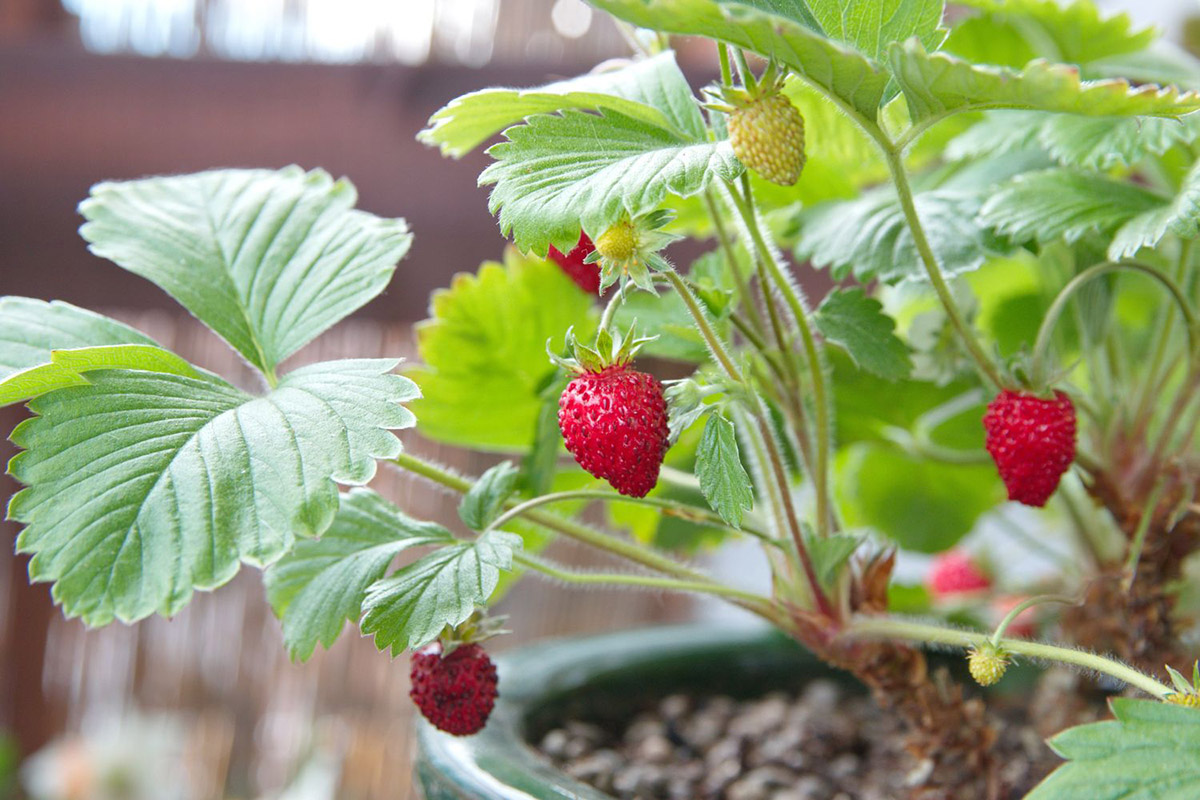

Garden Essentials
How Long Does It Take For Alpine Strawberries To Germinate
Modified: March 16, 2024
Discover how long it takes for alpine strawberries to germinate in your garden. Get expert tips and advice for successful strawberry germination.
(Many of the links in this article redirect to a specific reviewed product. Your purchase of these products through affiliate links helps to generate commission for Storables.com, at no extra cost. Learn more)
Introduction
Welcome to the fascinating world of alpine strawberries! If you are a gardening enthusiast or someone looking to explore the joys of growing your own food, alpine strawberries are a wonderful choice to consider. Not only do they produce delicious and flavorful fruits, but they also add a touch of beauty and elegance to any garden.
In this article, we will explore the germination process of alpine strawberries and delve into the factors that can affect the time it takes for these delightful plants to sprout. Whether you are a seasoned gardener or a beginner, understanding the germination process is crucial for successfully growing alpine strawberries and reaping a bountiful harvest.
So, let’s dig in and discover the secrets behind the germination of alpine strawberries.
Key Takeaways:
- Alpine strawberries take about 1-2 weeks to germinate. Factors like temperature, moisture, and seed quality can influence the process, so patience and proper care are key.
- To successfully germinate alpine strawberries, use high-quality seeds, provide cold stratification, and maintain proper moisture and light. Be patient, consistent, and enjoy the growing journey!
Understanding Alpine Strawberries
Alpine strawberries, also known as woodland strawberries or Fragaria vesca, are a petite and delicate variety of strawberries. Unlike their larger counterparts, alpine strawberries produce small fruits with an intense flavor that is often described as a combination of sweetness and tartness. These berries are highly sought after by gardeners for their exquisite taste and ornamental value.
Alpine strawberries are native to mountainous regions, hence their name. They are well adapted to cooler climates and can thrive in a variety of growing conditions, making them a versatile choice for gardeners worldwide. These plants are considered perennial, meaning they can live for several years if properly cared for.
One of the unique characteristics of alpine strawberries is their ability to produce runners, which are long, slender stems that grow horizontally above the soil. These runners allow the plant to spread and produce new plants, making alpine strawberries an excellent option for ground cover or container gardening.
In addition to their delectable fruits, alpine strawberries also boast charming white flowers that bloom throughout the growing season. These dainty blossoms not only add aesthetic appeal but also serve as a pollinator attractant, increasing the chances of successful fruit production.
Now that we have a basic understanding of alpine strawberries, let’s dive into the fascinating process of their germination.
Germination Process
The germination process of alpine strawberries begins with the seed. The seeds are small, resembling miniature grains, and are typically dark brown or black in color. Before the seeds can sprout, they require specific conditions to trigger the germination process.
Firstly, it is important to note that alpine strawberries are cold-stratification seeds. This means that they need a period of exposure to cool temperatures to break their dormancy. Cold stratification mimics the natural conditions that the seeds experience in their native habitat.
To initiate the germination process, you can place the seeds in a moist environment and store them in the refrigerator for a period of 3-4 weeks. This cold treatment encourages the seeds to come out of their dormant state and prepares them for germination.
Once the cold stratification period is complete, the seeds are ready to be planted. Start by filling a container or seed tray with a well-draining soil mix. Moisten the soil slightly and scatter the seeds evenly on the soil surface. Gently press them down, ensuring good seed-to-soil contact, but avoid burying them too deep.
It is important to keep the soil consistently moist during the germination process. Ideally, the soil should be kept slightly damp but not overly saturated, as excessive moisture can lead to fungal diseases. Using a spray bottle or misting the soil surface regularly can help maintain the moisture levels without overwatering.
For optimal germination, it is recommended to provide a warm and bright environment. Place the container or seed tray in a location that receives indirect sunlight or under grow lights. The ideal temperature for germination is around 65-75°F (18-24°C).
With the right conditions in place, the alpine strawberry seeds will begin to sprout. First, you will notice small green shoots emerging from the soil surface. These will eventually develop into the recognizable leaves of the alpine strawberry plant. It usually takes about 1-2 weeks for the seeds to germinate and for the seedlings to become visible.
Now that we understand the germination process, let’s explore the factors that can influence the time it takes for alpine strawberry seeds to sprout.
Factors Affecting Germination Time
The germination time of alpine strawberries can vary depending on several factors. Understanding these factors can help you optimize the germination process and ensure successful seedling development. Here are some key factors that can influence the time it takes for alpine strawberry seeds to sprout:
- Temperature: Temperature plays a significant role in seed germination. Alpine strawberries prefer moderate temperatures between 65-75°F (18-24°C) for optimal germination. Higher temperatures can speed up the germination process, while cooler temperatures can prolong it. Maintaining a consistent temperature within this range can help promote faster and more uniform germination.
- Moisture: Adequate moisture is essential for seed germination. The soil should be consistently moist but not waterlogged. Too much moisture can lead to rotting or fungal issues, while insufficient moisture can hinder germination. Regularly misting the soil surface or using a bottom watering technique can help maintain proper moisture levels.
- Quality of Seeds: The quality and viability of the seeds can impact germination time. Fresh, high-quality seeds are more likely to germinate quickly and produce healthy seedlings. Ensure that you source your alpine strawberry seeds from a reputable supplier to increase the chances of successful germination.
- Light: While alpine strawberry seeds do not require light to germinate, providing a bright environment can help stimulate growth once the seedlings emerge. Placing the container or seed tray in a location that receives indirect sunlight or using grow lights can encourage strong and vigorous seedling development.
- Seed Dormancy: Some alpine strawberry seeds may exhibit varying levels of dormancy. This is where the cold stratification process becomes crucial. The cold treatment helps break the seed dormancy and prepares them for germination. Additionally, scarifying the seeds (lightly scratching or nicking the seed coat) can help improve germination rates by allowing moisture to penetrate the seed more effectively.
It is important to note that while these factors can influence germination time, the process may still require patience. Germination times can vary from one seed to another, so it is essential to monitor the progress and make necessary adjustments to create the optimal conditions for germination.
Now that we have a good understanding of the factors affecting germination time, let’s explore the average germination time for alpine strawberries.
Alpine strawberries typically take 2-4 weeks to germinate. Keep the soil consistently moist and provide warmth for best results.
Average Germination Time of Alpine Strawberries
The average germination time for alpine strawberries typically ranges from 1 to 2 weeks, although variations can occur depending on the specific conditions and factors mentioned earlier. It is important to keep in mind that germination is a gradual process, and not all seeds will sprout at the same time.
After the cold stratification period, the seeds will need some time to adjust to the warm and moist conditions before germination begins. During this time, the seeds absorb moisture and undergo internal changes that trigger the emergence of the seedlings.
Once germination starts, you will begin to see small green shoots emerging from the soil surface. These initial shoots will develop into the first set of leaves, known as cotyledons. The cotyledons provide nourishment to the developing seedling until true leaves appear. It usually takes about 1 to 2 weeks for the cotyledons to emerge, but the true leaves may take a bit longer.
Keep in mind that germination times can be influenced by external factors, such as temperature fluctuations or variations in moisture levels. Patience is key during this stage of the growing process. It is important to maintain a consistent and suitable environment while providing the necessary care and attention to ensure successful seedling development.
Remember that not all seeds may germinate, and it is normal to have some degree of variation in the germination rates. However, by following the recommended germination practices and providing the optimal conditions, you can increase the chances of a higher germination rate and a greater number of healthy seedlings.
Now that we have explored the average germination time, let’s delve into some tips for successfully germinating alpine strawberries.
Tips for Successful Germination
Germinating alpine strawberries can be an exciting and rewarding experience. To maximize your chances of successful germination and ensure healthy seedling development, here are some tips to keep in mind:
- Choose high-quality seeds: Start with fresh, high-quality alpine strawberry seeds from a reputable supplier. Good quality seeds have a higher chance of germinating successfully, resulting in healthy and robust seedlings.
- Provide cold stratification: Before planting, give the seeds a cold stratification treatment by placing them in a moist environment in the refrigerator for 3-4 weeks. This mimics the natural winter conditions and helps break seed dormancy.
- Use well-draining soil: Use a well-draining soil mix specifically formulated for seed starting. A mix that provides good aeration and moisture retention will prevent the seeds from getting waterlogged and minimize the risk of fungal diseases.
- Maintain proper moisture levels: Keep the soil consistently moist but not overly saturated. Use a spray bottle or misting technique to water the soil surface regularly, and avoid overwatering to prevent rot and disease issues.
- Provide warmth and bright light: Place the container or seed tray in a warm location with indirect sunlight or under grow lights. Maintain a temperature range of around 65-75°F (18-24°C) for optimal germination. Sufficient warmth and light will stimulate seedling growth.
- Be patient: Remember that germination is a gradual process, and not all seeds will sprout at the same time. Some seeds may take longer than others to germinate, so it is important to be patient and allow sufficient time for the process to unfold.
- Keep a consistent environment: Try to maintain a stable environment throughout the germination process. Avoid drastic temperature fluctuations, excessive moisture or drought conditions, and ensure a reliable light source to promote uniform germination and healthy growth.
- Thin out seedlings: Once the seedlings have emerged, thin them out if they are overcrowded. This will provide sufficient space for each seedling to grow, preventing competition and promoting better air circulation, reducing the risk of diseases.
- Transplant carefully: When the seedlings have developed true leaves and are sturdy enough, consider transplanting them into individual pots or outdoor garden beds. Take care not to damage the delicate roots during transplantation.
- Provide adequate care: Continue to care for the seedlings by providing them with proper watering, sunlight, and nutrients. Regularly monitor for any signs of pests or diseases and take appropriate action to prevent any infestations.
By following these tips, you can increase the likelihood of successful germination and set your alpine strawberry seedlings on the path to healthy growth and abundant fruit production.
Now that you are armed with valuable knowledge on successful germination, it’s time to get your hands dirty and start growing your own alpine strawberries. Happy gardening!
Conclusion
Alpine strawberries are a delightful addition to any garden, offering both beauty and delicious fruits. Understanding the germination process is key to successfully growing these petite and flavorful berries. By providing the optimal conditions and following the tips mentioned in this article, you can increase your chances of achieving a successful germination and growing healthy alpine strawberry seedlings.
Remember to start with high-quality seeds and provide them with the necessary cold stratification treatment to break their dormancy. Use well-draining soil, maintain proper moisture levels, and provide a warm and bright environment for optimal seedling development. Be patient and maintain consistency throughout the germination process.
Factors like temperature, moisture, seed quality, light, and the presence of seed dormancy can influence the germination time of alpine strawberries. However, on average, it takes about 1 to 2 weeks for the seeds to germinate and for the seedlings to emerge. The process may vary between seeds, so be attentive and provide the proper care required for successful seedling growth.
With your alpine strawberry seedlings flourishing, continue to care for them by providing adequate watering, sunlight, and nutrients. Monitor for any signs of pests or diseases and take appropriate action to keep your plants healthy throughout their growth journey.
Now that you are equipped with the knowledge and tips for successful germination, it’s time to embark on your alpine strawberry growing adventure. Enjoy the process, savor the flavors, and delight in the beauty of these remarkable plants. Happy growing!
Frequently Asked Questions about How Long Does It Take For Alpine Strawberries To Germinate
Was this page helpful?
At Storables.com, we guarantee accurate and reliable information. Our content, validated by Expert Board Contributors, is crafted following stringent Editorial Policies. We're committed to providing you with well-researched, expert-backed insights for all your informational needs.
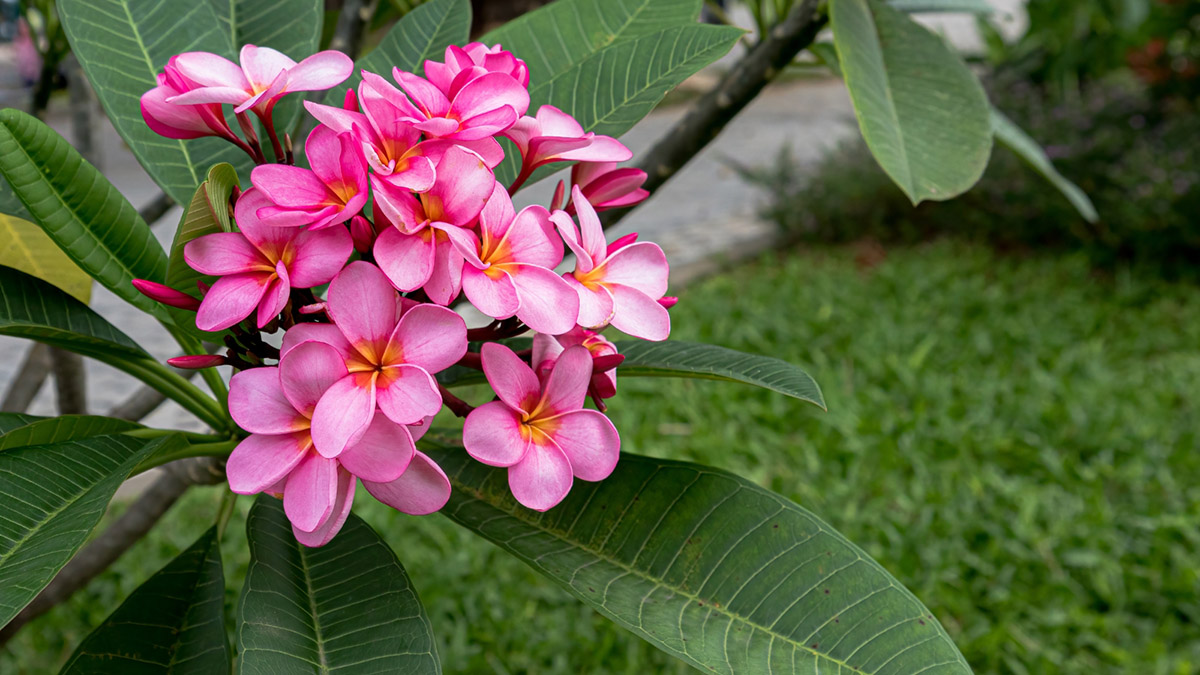
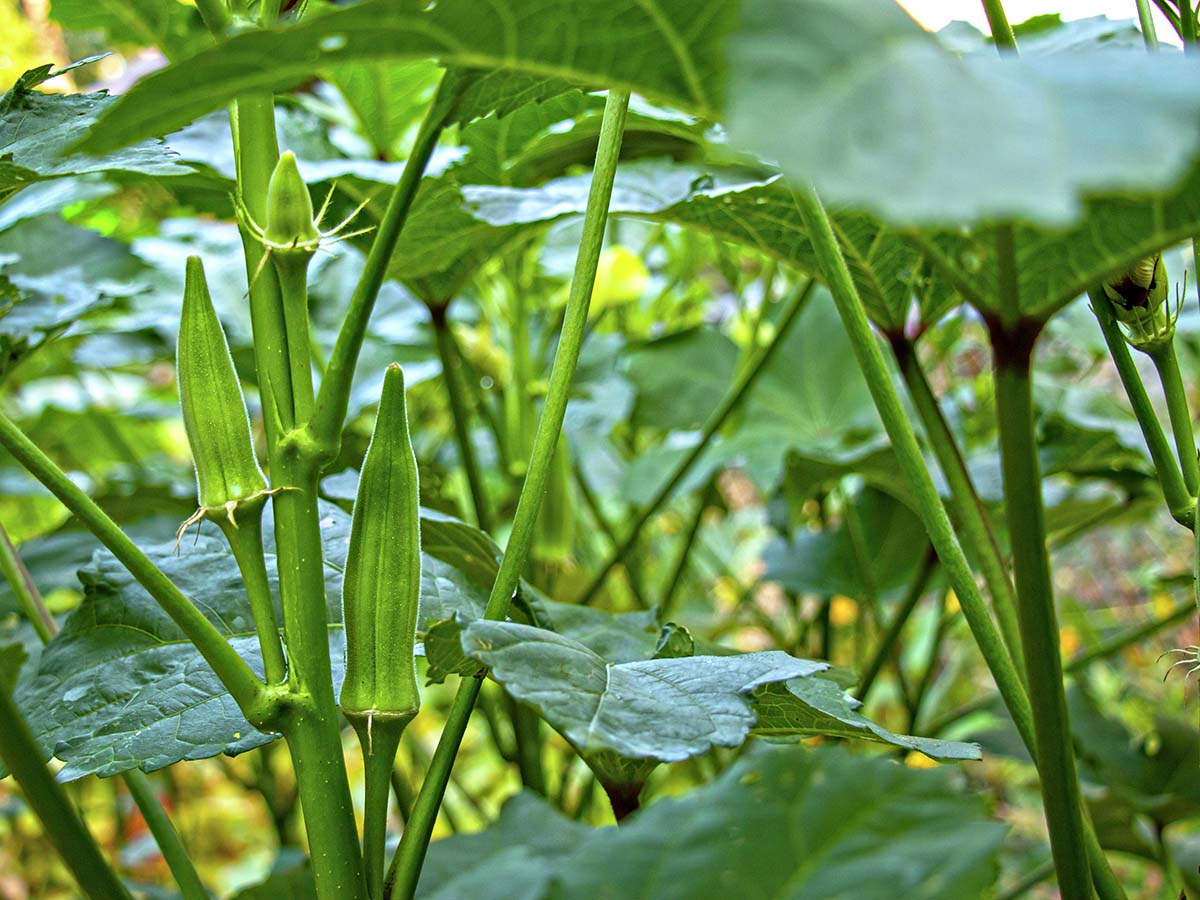
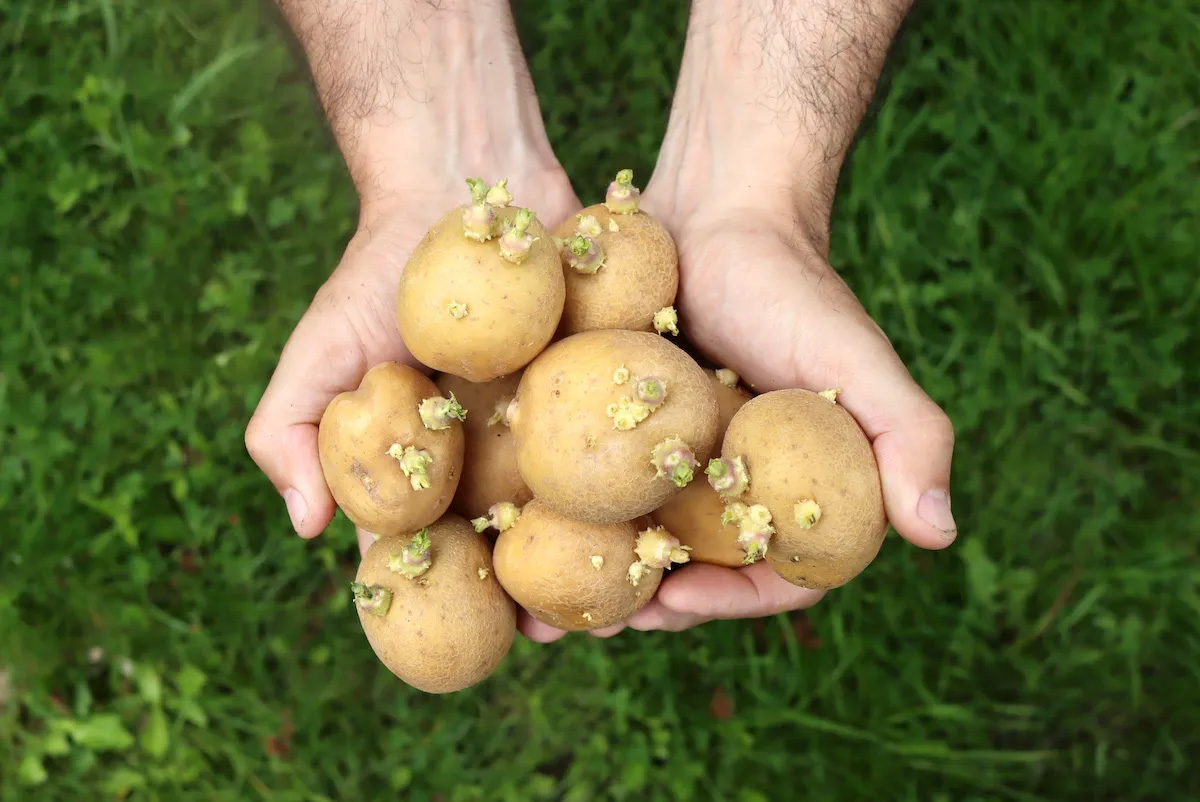
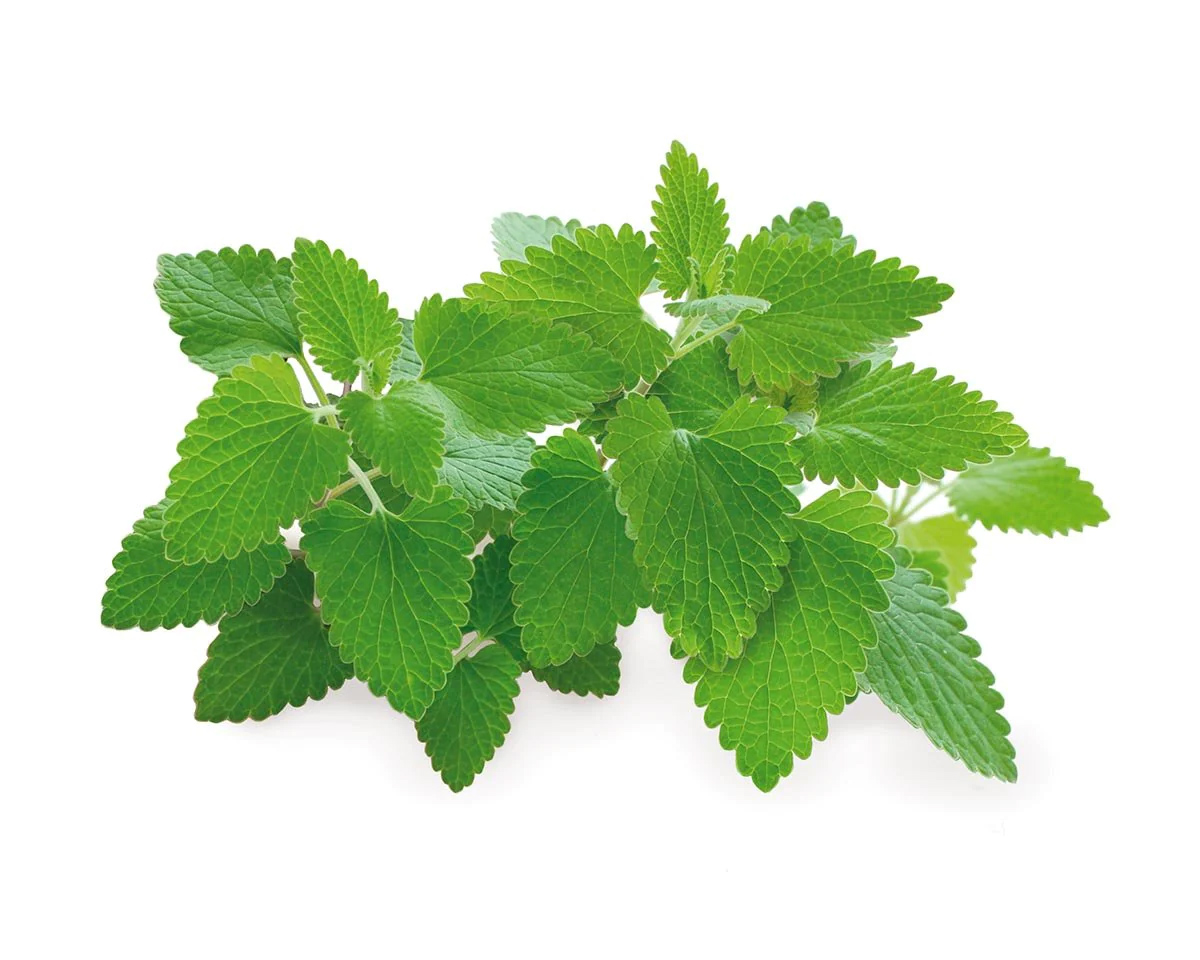
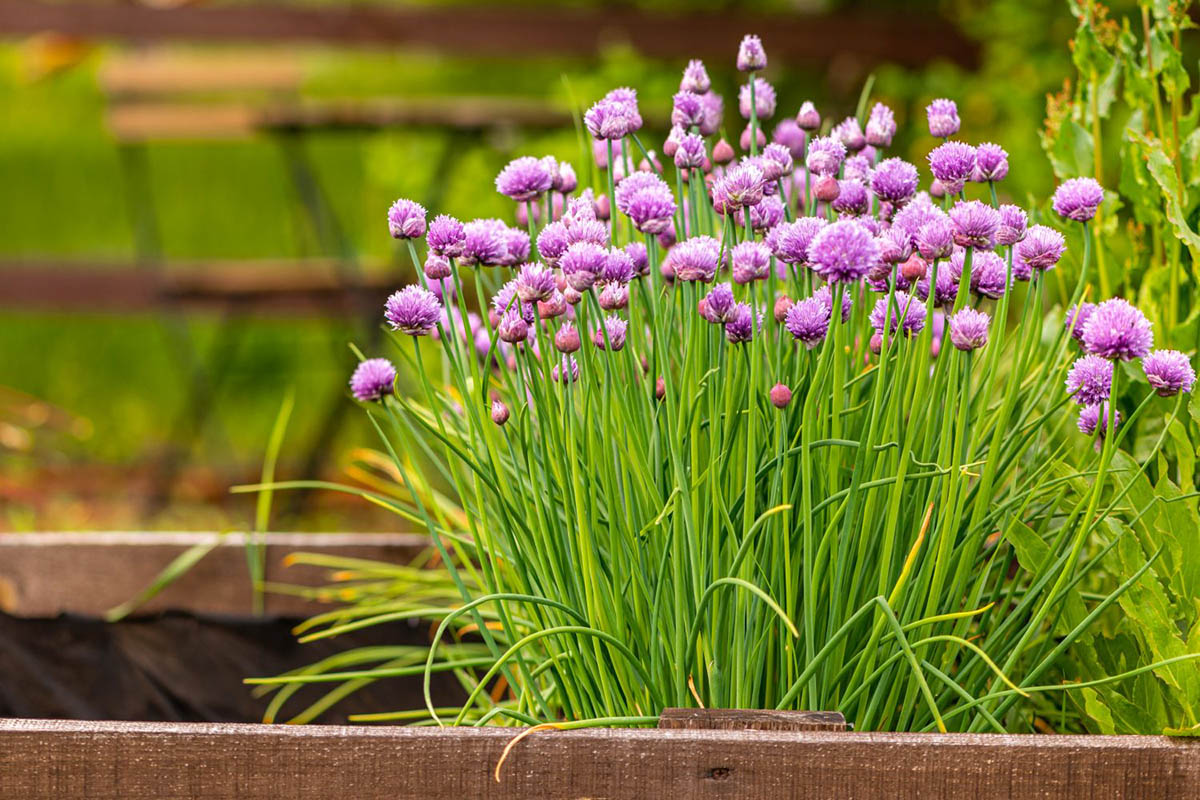
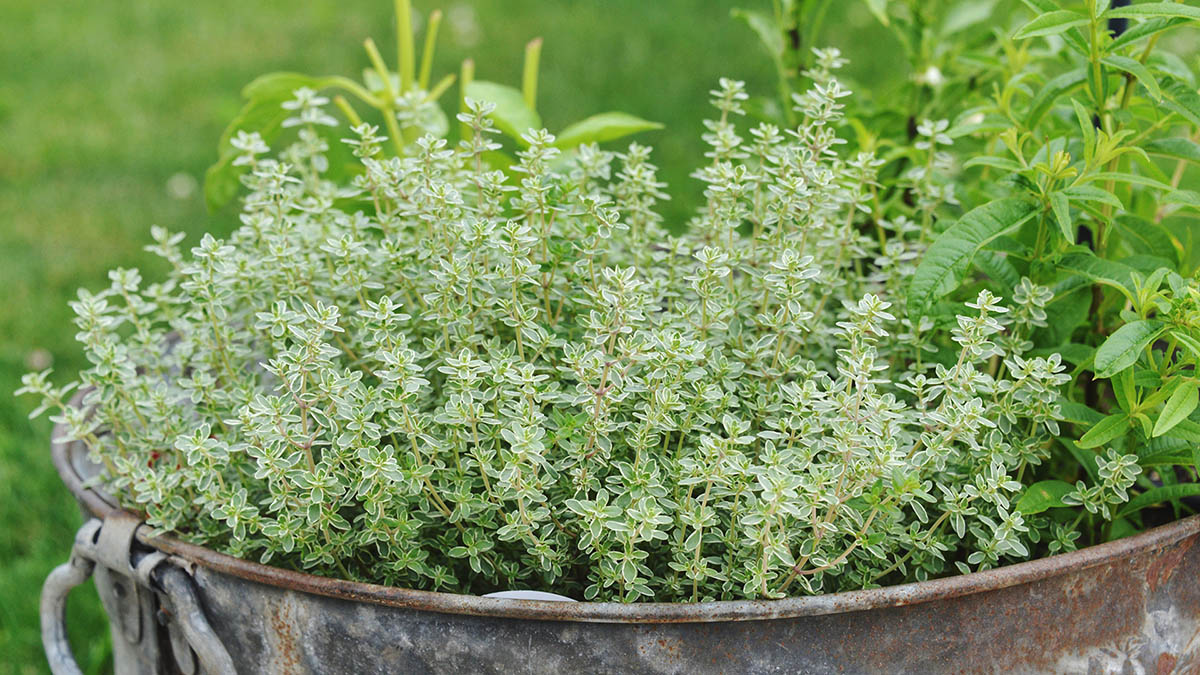
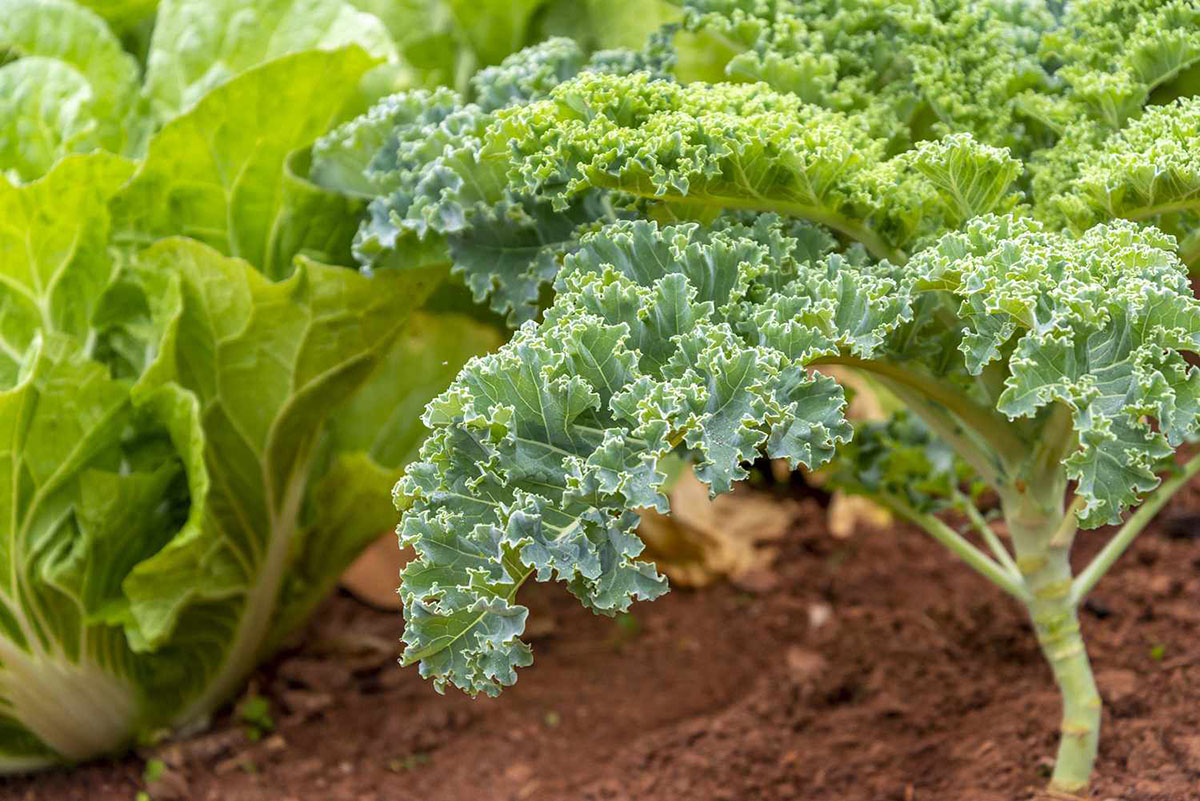
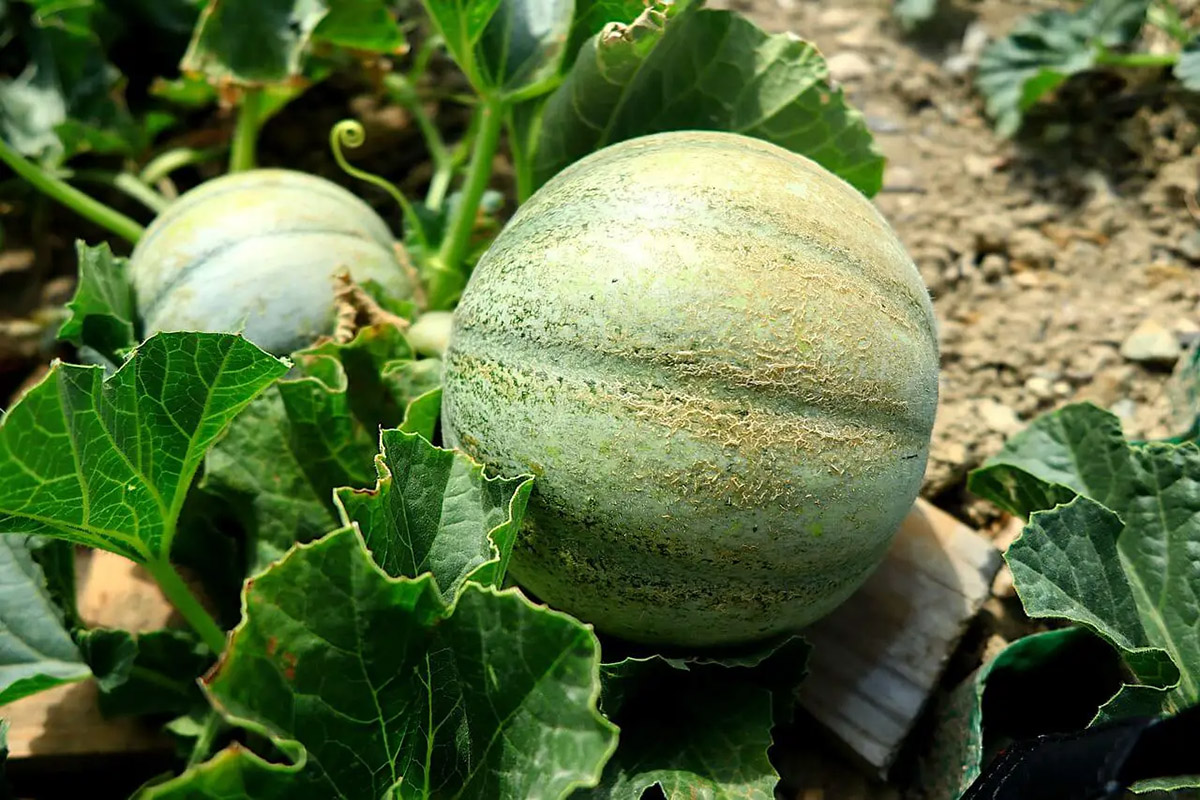
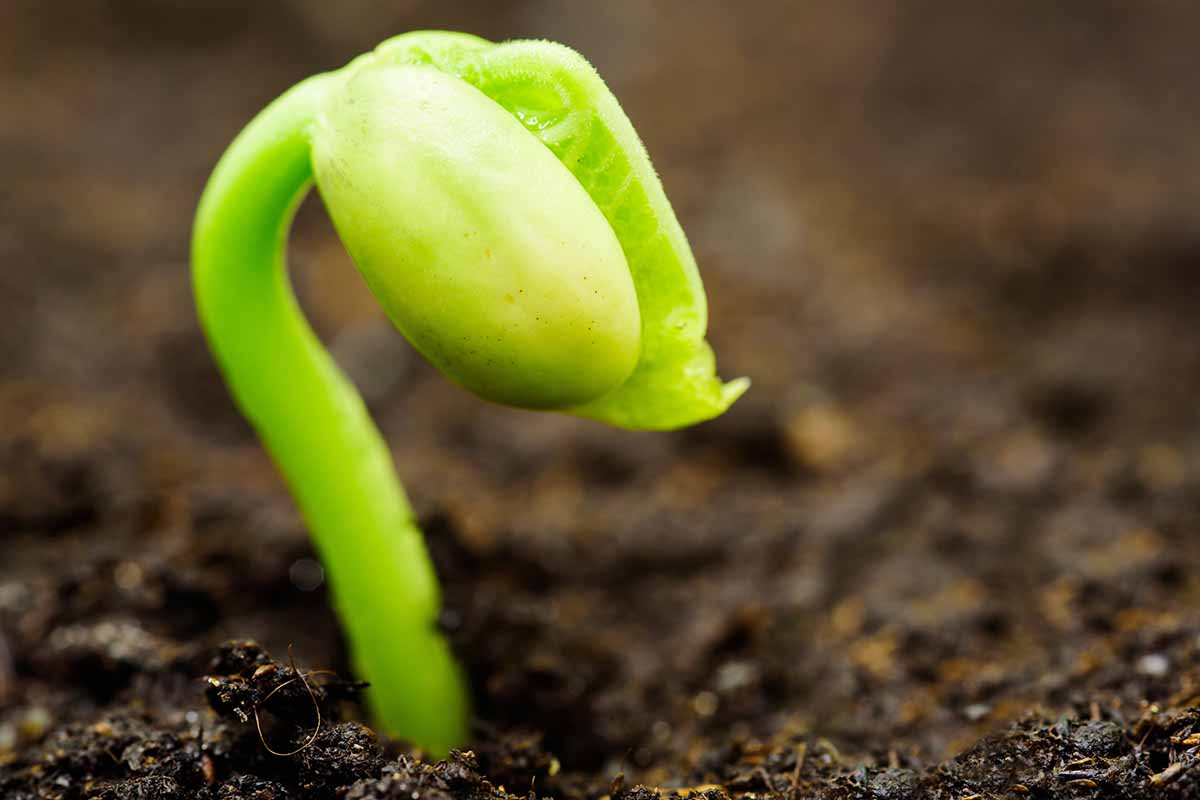
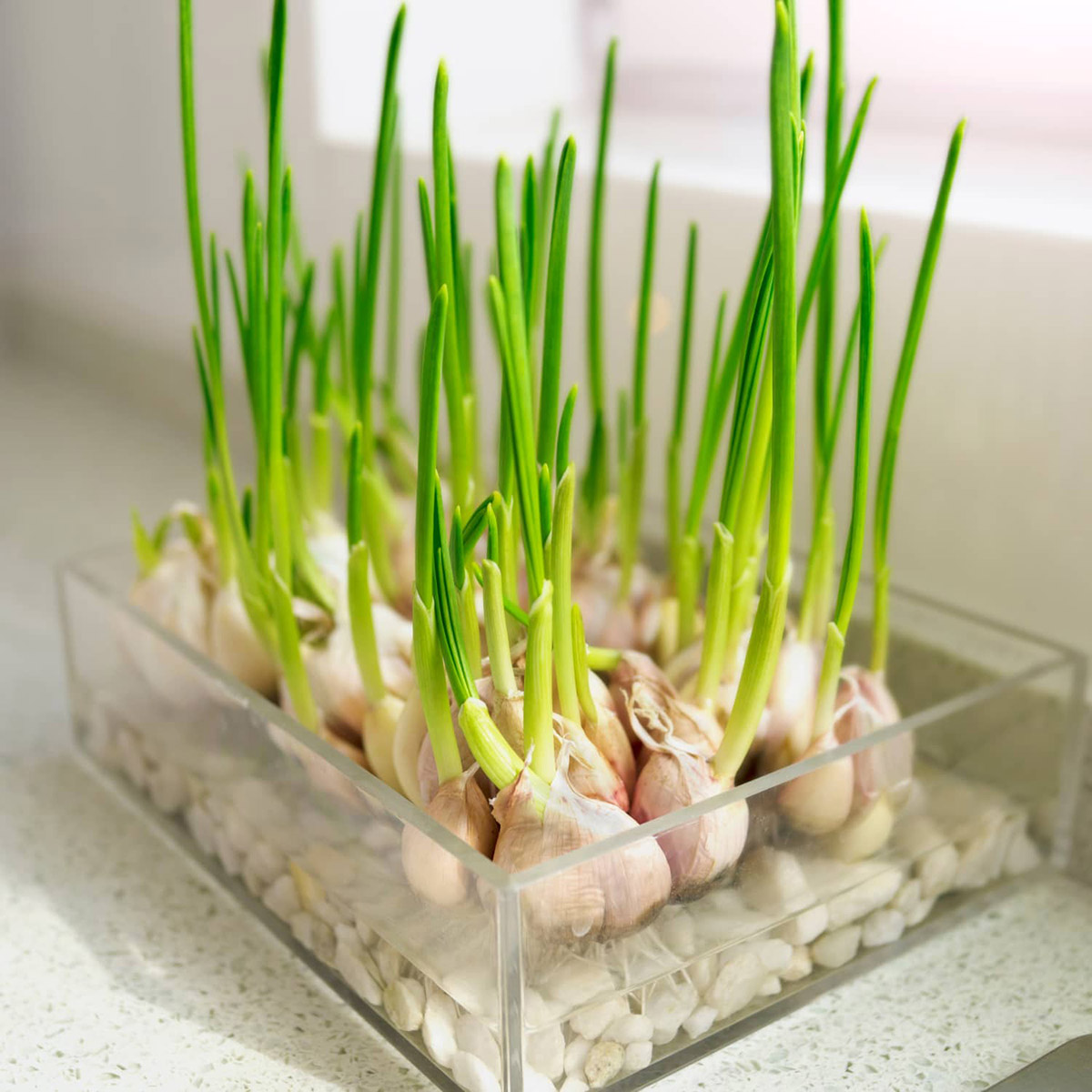
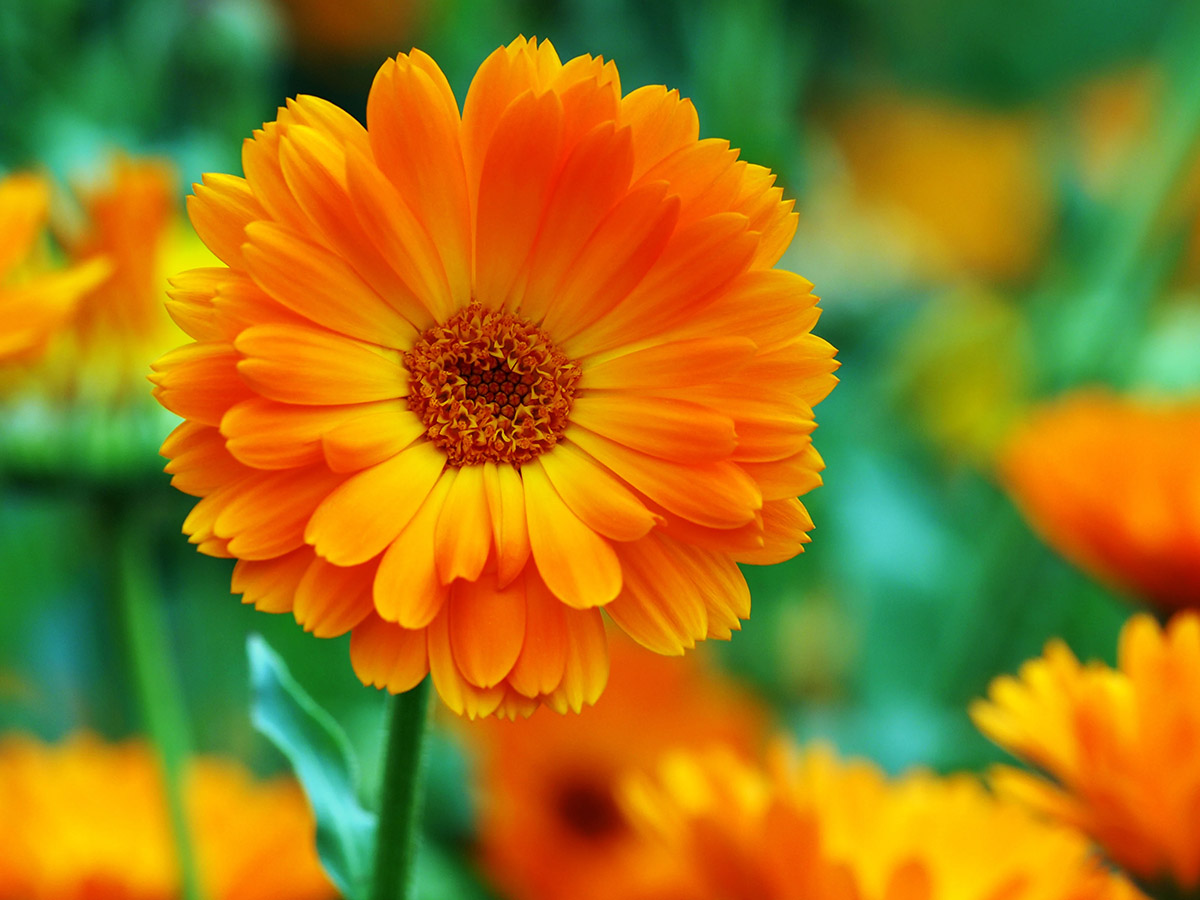
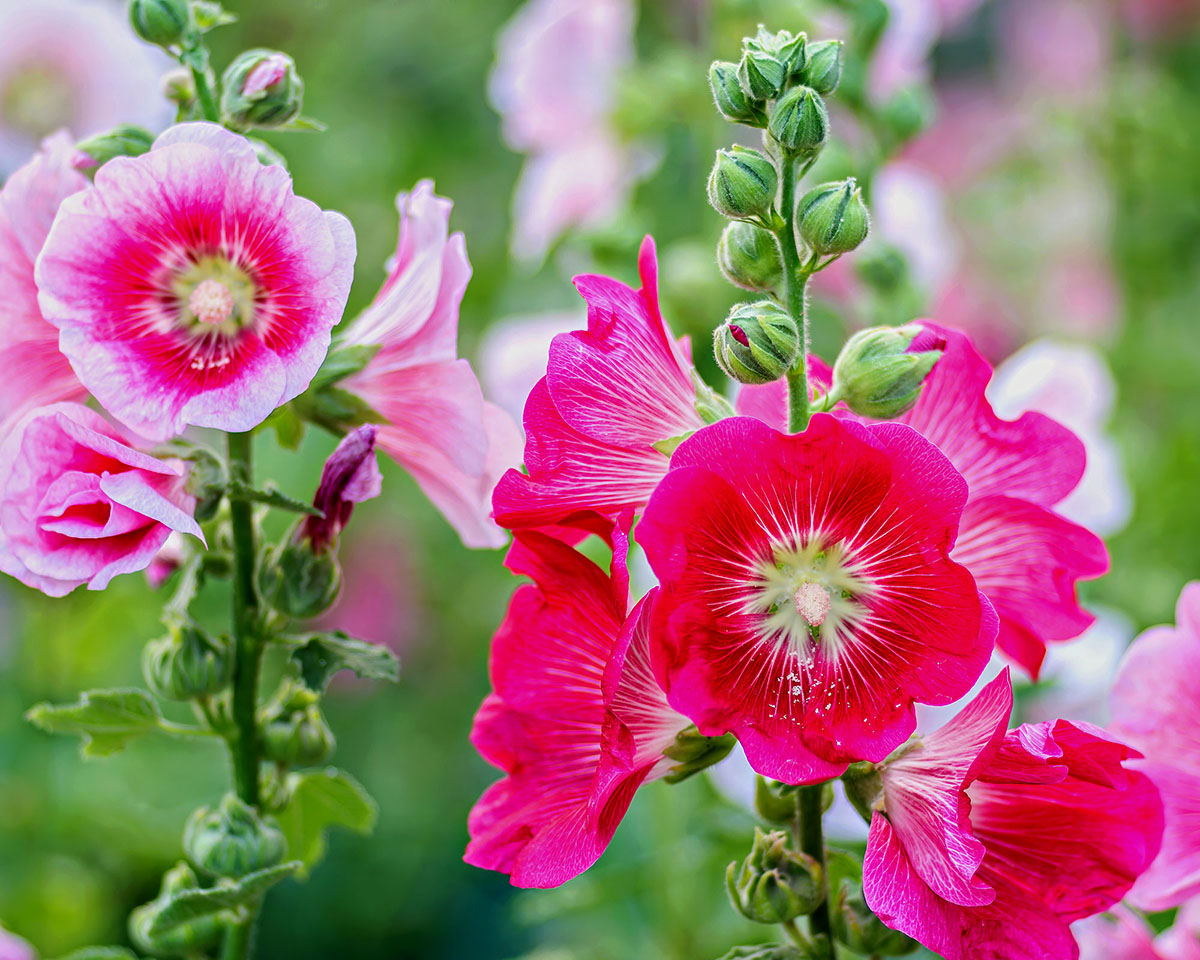
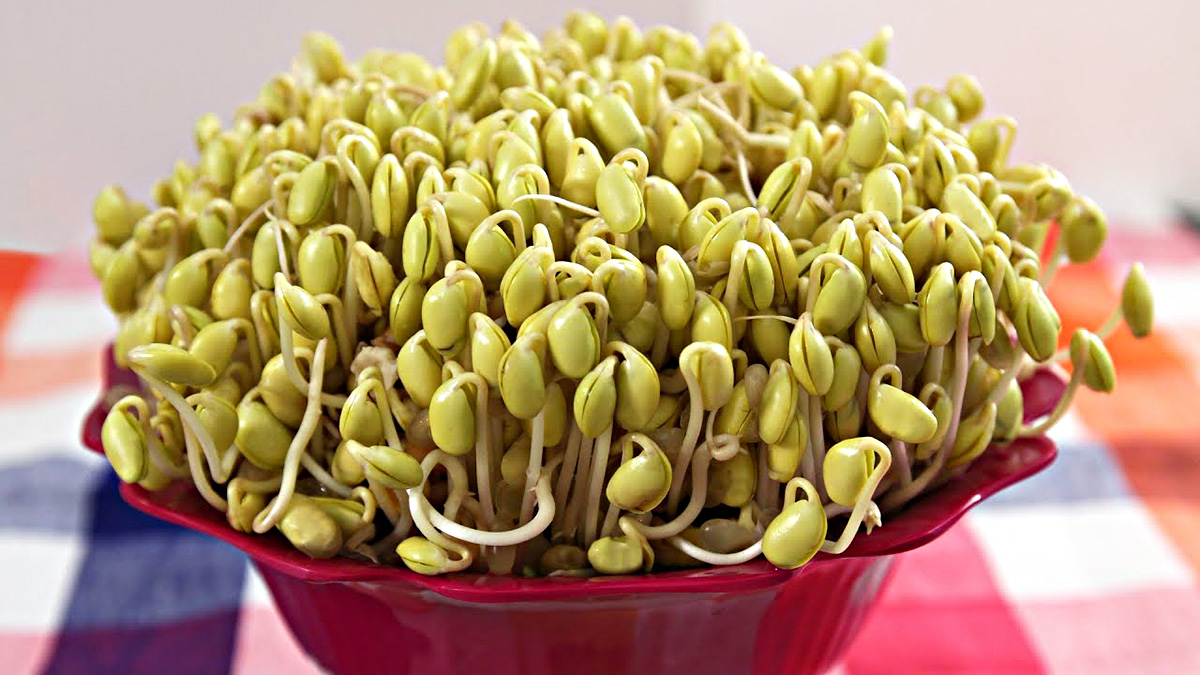


0 thoughts on “How Long Does It Take For Alpine Strawberries To Germinate”